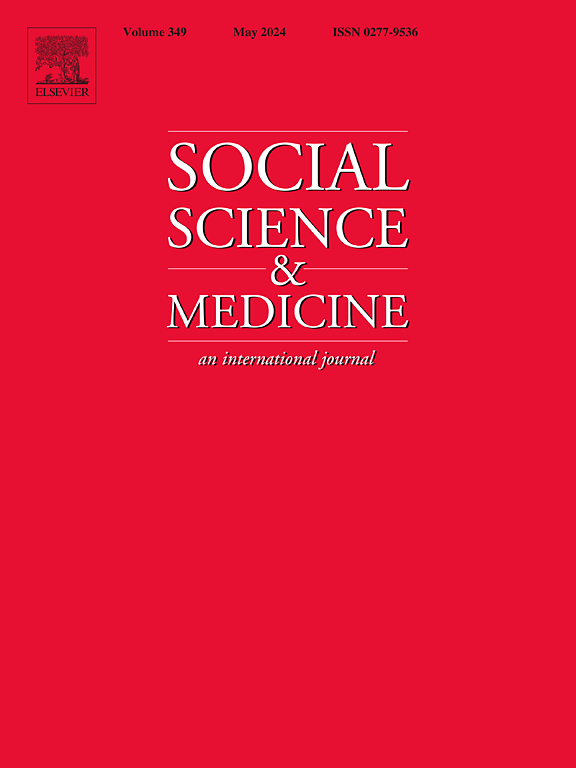Detection of potential causal pathways among social determinants of health: A data-informed framework
IF 4.9
2区 医学
Q1 PUBLIC, ENVIRONMENTAL & OCCUPATIONAL HEALTH
引用次数: 0
Abstract
Introduction
Understanding social determinants of health (SDOH) as a complex system is necessary for designing effective public health interventions. Traditional expert-driven approaches to mapping SDOH relationships, when used in isolation, are susceptible to subjective biases, incomplete knowledge, and inconsistencies across different domains of expertise. Additionally, SDOH variables often contain overlapping information, making it difficult to isolate unique SDOH constructs. A data-driven approach integrating dimensionality reduction and causal discovery can provide a more objective framework for identifying and mapping SDOH factors within a causal system. The data-driven method may serve as a starting point to overcome potential research biases in the development of causal structures.
Methods
An observational study was conducted using census tract-level SDOH data from the 2020 Agency for Healthcare Research and Quality (AHRQ) database. Principal Component Analysis (PCA) was applied to derive latent constructs from 157 SDOH variables across 85,528 U.S. census tracts. The Greedy Equivalence Search (GES) algorithm was then used to identify dominant causal pathways between these constructs.
Results
PCA-derived components explained substantial variance within each domain, with food access (71.1 %) and income (50.0 %) explaining the most within-domain variance. The causal graph revealed economic stability as a central determinant influencing education, employment, housing, and healthcare access. Education, access to care, and access to technology mediated many pathways.
Discussion
Findings highlight the interconnected nature of SDOH, emphasizing financial stability as a foundational determinant. The role of digital equity in health outcomes is increasingly significant. The data-driven approach may serve as an important tool to support researchers in the mapping of SDOH causal structures.
Public Health Implications
This study demonstrates the utility of combining PCA and GES to uncover causal pathways among SDOH constructs. Developing causal systems using data-driven methods provides an enhanced method for conducting public health assessments, identify optimal intervention points, and informing policy development.
求助全文
约1分钟内获得全文
求助全文
来源期刊

Social Science & Medicine
PUBLIC, ENVIRONMENTAL & OCCUPATIONAL HEALTH-
CiteScore
9.10
自引率
5.60%
发文量
762
审稿时长
38 days
期刊介绍:
Social Science & Medicine provides an international and interdisciplinary forum for the dissemination of social science research on health. We publish original research articles (both empirical and theoretical), reviews, position papers and commentaries on health issues, to inform current research, policy and practice in all areas of common interest to social scientists, health practitioners, and policy makers. The journal publishes material relevant to any aspect of health from a wide range of social science disciplines (anthropology, economics, epidemiology, geography, policy, psychology, and sociology), and material relevant to the social sciences from any of the professions concerned with physical and mental health, health care, clinical practice, and health policy and organization. We encourage material which is of general interest to an international readership.
 求助内容:
求助内容: 应助结果提醒方式:
应助结果提醒方式:


